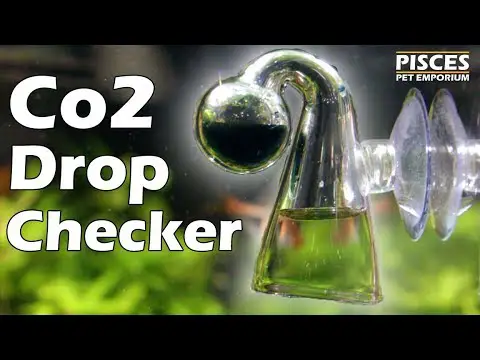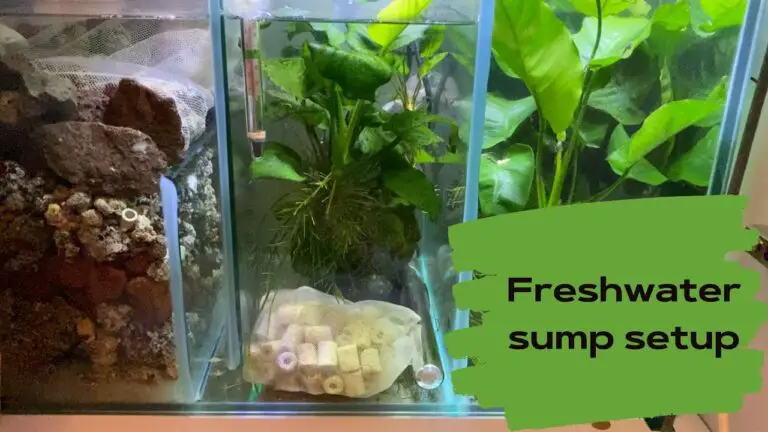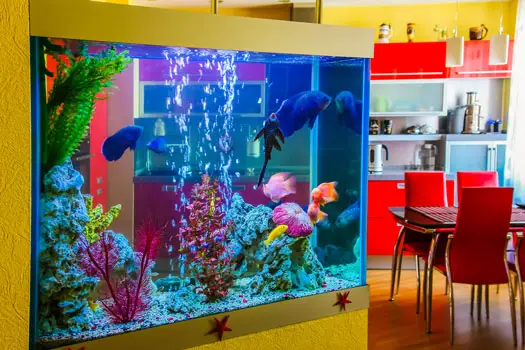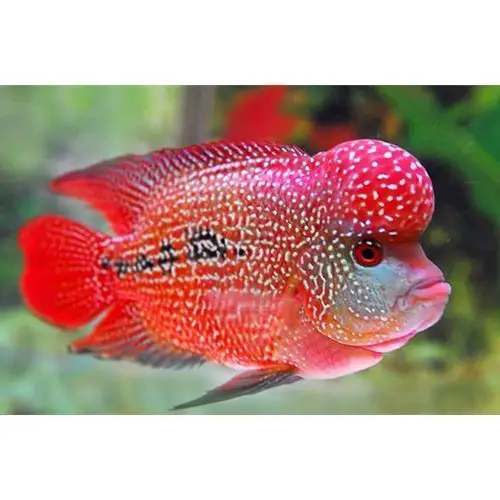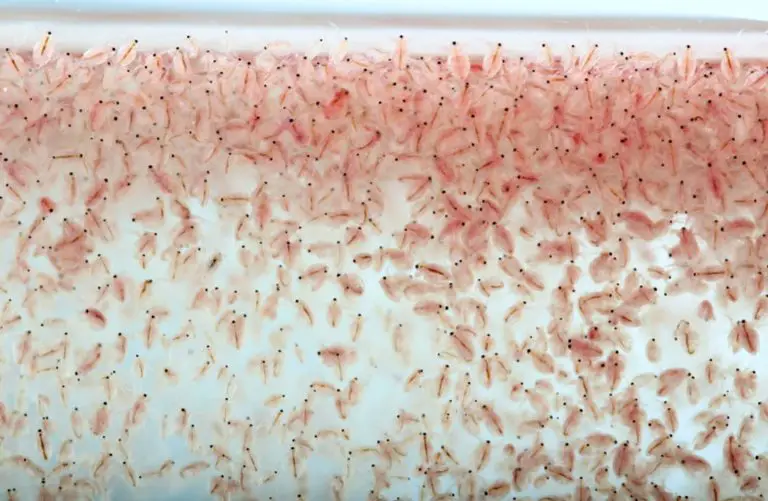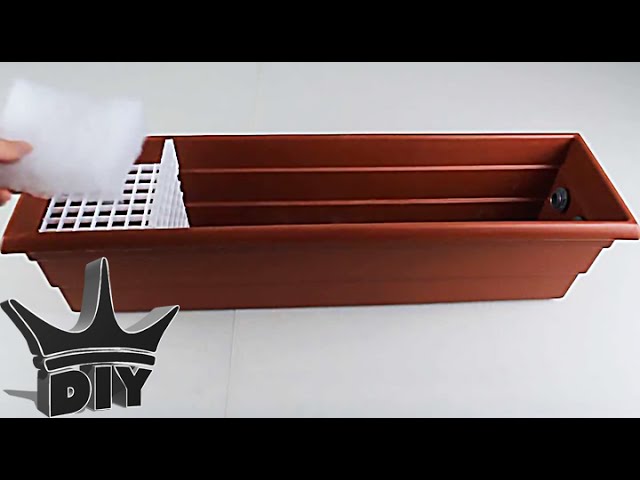12 Most Well Guarded Secrets About Play Sand In Aquarium
One of the most common questions new aquarium owners ask is whether they can use play sand in their tank.
The answer is yes! Play sand is a great option for many aquariums and can provide a natural look to your set-up.
If you’re thinking about adding play sand to your aquarium, there are a few things you should know first.
Play sand is a great way to add texture and interest to your aquarium, but it’s important to choose the right type of sand and prepare it properly before adding it to your tank.
There are two main types of play sand: silica and calcium carbonate.
Silica sand is the type of sand you’ll find in most playgrounds and at the beach. It’s made up of small, sharp grains that can be hard on fish if not handled correctly.
Calcium carbonate sand is softer and less likely to harm fish, making it a better choice for most aquariums.
When choosing play sand for your aquarium, be sure to select a brand that’s safe for use in aquatic environments.
Avoid any brands that contain dyes or other chemicals that could be harmful to your fish or plants.
Once you’ve selected the right type of sand, rinse it thoroughly with fresh water before adding it to your tank.
This will remove any dust or debris that could cloud the water or harm your fish. Adding play sand to your aquarium can give it a whole new look and feel.
Be sure to do your research and prepare the sandbox properly before adding it to ensure a happy and healthy environment for all your aquatic friends!
How Do You Clean Play Sand in a Fish Tank?
If you have play sand in your fish tank, it’s important to clean it regularly to prevent the build-up of toxins.
Here’s how to do it:
- Remove all the fish from the tank and place them in a temporary home.
- Drain all the water from the tank.
- Using a vacuum cleaner with a hose attachment, suck up all the sand from the bottom of the tank.
- Rinse the vacuumed sand in a bucket of clean water.
Repeat this step until the water runs clear when you rinse the sand.
What Kind of Sand is Safe for Aquariums?
Sand is a common substrate for aquariums, but not all sand is created equal. Some types of sand can be harmful to your fish and other aquatic life, so it’s important to choose the right type of sand for your aquarium.
There are two main types of aquarium sand: natural and artificial.
Natural sand is collected from rivers, lakes, or beaches and can contain high levels of minerals that can be harmful to your fish.
Artificial sand is made from crushed rock and has a more uniform particle size that makes it less likely to collect toxins and bacteria.
If you’re using natural sand in your aquarium, it’s important to rinse it thoroughly before adding it to your tank.
This will help remove any dirt, debris, or harmful chemicals that could harm your fish.
You should also avoid using sand from areas that may have been contaminated with pollutants such as pesticides or herbicides.
When choosing artificial sand for your aquarium, look for a product that is labeled “aquarium-safe” or “reef-safe.”
These products have been specifically designed for use in saltwater tanks and won’t add any harmful chemicals to your water.
Can You Use Crayola Play Sand in Aquarium?
No, you cannot use Crayola play sand in aquariums. Crayola play sand is made of calcium carbonate, which will increase the pH of your aquarium water if used over time.
How Long Does It Take for Play Sand to Settle in Aquarium?
Assuming you are referring to the process of curing play sand before using it in an aquarium, this typically takes around two weeks.
The sand needs to be slowly mixed with water in a ratio of 1 part sand to 5 parts water. Once mixed, the container should be covered and left to sit for 24 hours.
After this time, the sand should be siphoned off and rinsed several times with fresh water until the water runs clear. The remaining sand can then be added to the aquarium.
Aquarium Sand
Aquarium sand is a type of gravel that is commonly used in aquariums. It is made from a variety of materials, including crushed coral, shells, and glass.
Aquarium sand can be bought in a variety of colors and sizes.
It is important to choose the right size and color of aquarium sand for your fish tank so that it will not be harmful to the fish or plants.
What is the Difference between Play Sand And Aquarium Sand
One of the most common questions we get here at Sand for Aquariums is what is the difference between play sand and aquarium sand?
It’s a great question because both types of sand can be used in aquariums, but there are some key differences that you need to be aware of.
Play sand is often cheaper than aquarium sand because it’s mass produced and sold in large bags at big box stores.
However, play sand can contain high levels of silica which can be harmful to your fish.
Aquarium sand is specifically designed for use in fish tanks and should be safe for your fish. Another key difference is grain size.
Play sand has larger grains while aquarium sand has smaller grains.
The smaller the grain, the better it will filter your water and provide a natural look in your tank.
So, if you’re looking for an affordable option, play sand might be a good choice.
Just be sure to rinse it well before using it in your tank. But if you want the best possible option for your fish, go with aquarium sand.
Play Sand in Aquarium Cloudy
If you’ve ever noticed your aquarium water looking a little cloudy, it could be due to the presence of play sand.
While play sand is often thought of as safe for aquariums, there are actually some potential risks that come along with using it.
For one, play sand can be quite dusty and when added to an aquarium, this dust can quickly cloud the water.
Additionally, the small particles in play sand can also clog filters and other equipment.
And finally, if not properly rinsed before being added to an aquarium, play sand can also introduce harmful toxins and chemicals into the water.
So what’s the bottom line?
If you’re considering using play sand in your aquarium, it’s important to do your research first and make sure you’re taking all necessary precautions.
Otherwise, you might end up doing more harm than good!
Play Sand in Aquarium
If you’re looking for a way to add some extra interest and decoration to your aquarium, consider using play sand as a substrate.
Play sand is a type of fine-grained sand that’s often used in children’s playgrounds.
It’s relatively inexpensive and easy to find, making it a popular choice for many aquarium hobbyists.
While play sand can be a great addition to your aquarium, there are a few things you need to keep in mind.
First, make sure you rinse the sand well before adding it to your tank. This will help remove any dust or debris that could harm your fish or plants.
Second, avoid using colored sands, as the pigments can leach into the water and cause problems for your fish.
Finally, be aware that play sand tends to be more compacted than other types of substrates, so it may not provide as much of a nutrient-rich environment for plant roots.
Overall, play sand can be a fun and attractive way to accentuate your aquarium. Just be sure to take care when selecting and adding it to your tank!
Black Play Sand in Aquarium
If you’re looking for a way to add some contrast to your aquarium, black play sand is a great option!
This type of sand is perfect for creating dramatic backgrounds or accenting brightly colored fish and plants.
Black play sand is also very versatile – it can be used in both freshwater and saltwater tanks.
When it comes to aquariums, not all sands are created equal. Black play sand is made from high-quality materials that won’t affect the water quality in your tank.
It’s also free of any harmful chemicals or toxins.
This makes it safe for both fish and plants. In terms of maintenance, black play sand is very easy to care for.
Simply rinse it with fresh water before adding it to your tank.
You’ll want to avoid using any harsh cleaners or chemicals on the sand as this can damage your fish and plants.
If you’re looking for a way to add some visual interest to your aquarium, black play sand is a great option!
It’s easy to care for and safe for both fish and plants.
How to Wash Play Sand for Aquarium?
If you have an aquarium, you may want to consider washing play sand before using it.
Play sand is often less expensive than other types of sand, but it can contain impurities that can be harmful to your fish.
Washing the sand will remove any impurities and make it safe for your aquarium.
To wash play sand, simply add it to a bucket of clean water and stir it around with your hand.
Drain off the dirty water and repeat this process until the water runs clear.
Once the play sand is clean, rinse it in a bucket of freshwater to remove any residual chlorine from the tap water.
Then, add the play sand to your aquarium and enjoy!
What Kind of Sand Can I Use in My Aquarium?
If you’ve ever wondered what kind of sand you can use in your aquarium, wonder no more!
Here is a comprehensive guide to the different types of sand available for purchase, as well as what each type of sand is best suited for.
One popular type of sand is called play sand.
This type of sand is typically composed of quartz or other minerals, and is safe for most aquariums.
Play sand is also relatively inexpensive, making it a great option for those on a budget.
Another advantage of play sand is that it tends to be very fine-grained, which means it won’t cloud up your water as easily as coarser sands might.
Another type of sand commonly used in aquariums is called aragonite sand.
This type of sand is made from the remains of coral reefs, and contains high levels of calcium carbonate.
This makes it ideal for aquariums, houseplants or fish that require high levels of calcium in their diet.
Aragonite sand tends to be more expensive than play sand, but its benefits make it worth the extra cost for many hobbyists.
Finally, there is silica sand. Silica sand is made from the same material as glass – silicon dioxide.
It’s also called “quartz” or “flint” gravel in some pet stores.
Silica sand has a very high pH level and can quickly raise the pH levels of your aquarium water if not used carefully.
What Sand Can I Use in Freshwater Aquarium
One of the most frequently asked questions by those setting up a freshwater aquarium is “What sand can I use?”.
There are many types of sand available for purchase, but not all of them are suitable for use in a freshwater aquarium.
In this article, we’ll go over some of the different types of sand and help you choose the best option for your setup.
The first thing to consider when choosing sand for your freshwater aquarium is the grain size.
Sand that is too fine can be easily stirred up by fish and other activity in the tank, causing cloudiness.
Sand that is too coarse can make it difficult for small fish or invertebrates to move around and may damage their delicate fins and bodies.
A good rule of thumb is to choose sand with a grain size that is somewhere between 1-2 mm.
Another important consideration is whether or not the sand is pre-washed.
Some types of sand sold for aquatic use have been treated to remove impurities that could harm your fish or cause water quality problems.
If you choose untreated sand, it’s important to wash it thoroughly before using it in your tank so that you don’t introduce any unwanted contaminants into your system.
Finally, think about what color you want yours to be. There are many options available, from natural earth tones to bright white or even neon colors.
The choice is really up to you and what will look best in your particular setup.
Once you’ve considered all of these factors, you should have no trouble choosing the perfect type of sand for your freshwater aquarium!
Conclusion
If you’re thinking of using play sand in your aquarium, there are a few things you should know first.
Play sand is a type of sand that’s often used in children’s playgrounds.
It’s made of crushed up rocks and minerals, and it can be harmful to fish if it’s not properly cleaned before use.
Play sand can also harbour bacteria and parasites that can infect your fish.
If you do decide to use play sand in your aquarium, be sure to wash it thoroughly with fresh water before adding it to the tank.

